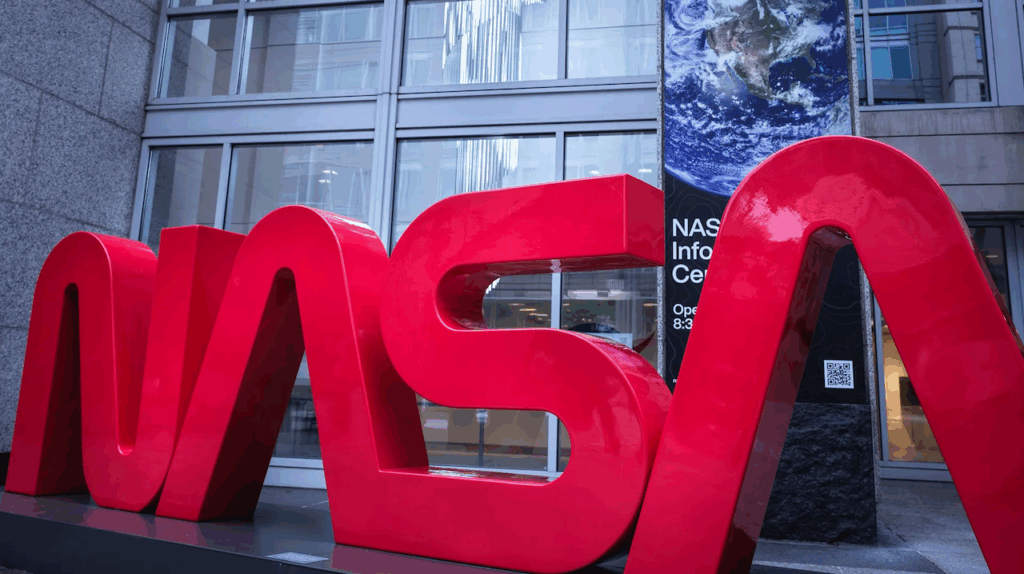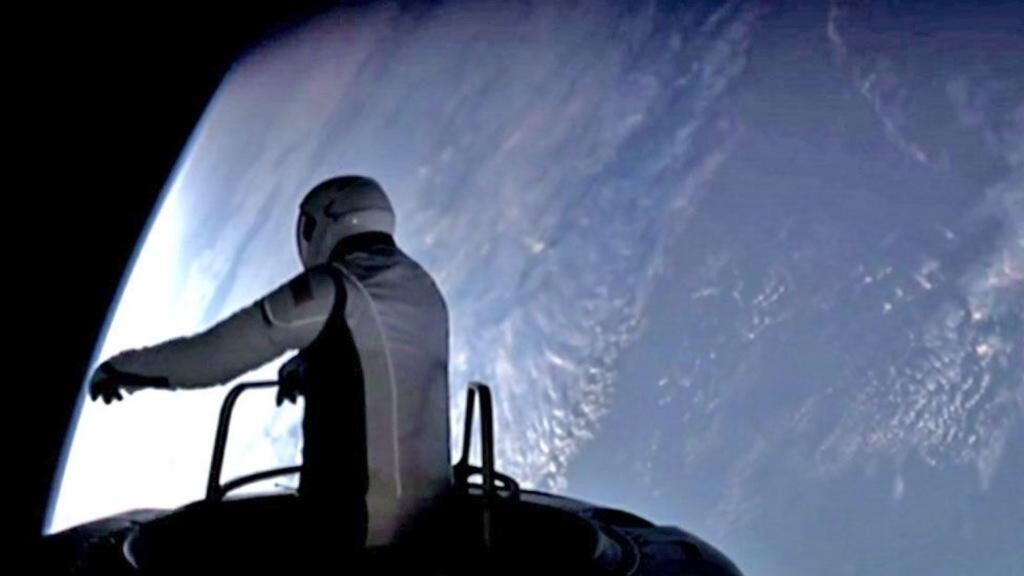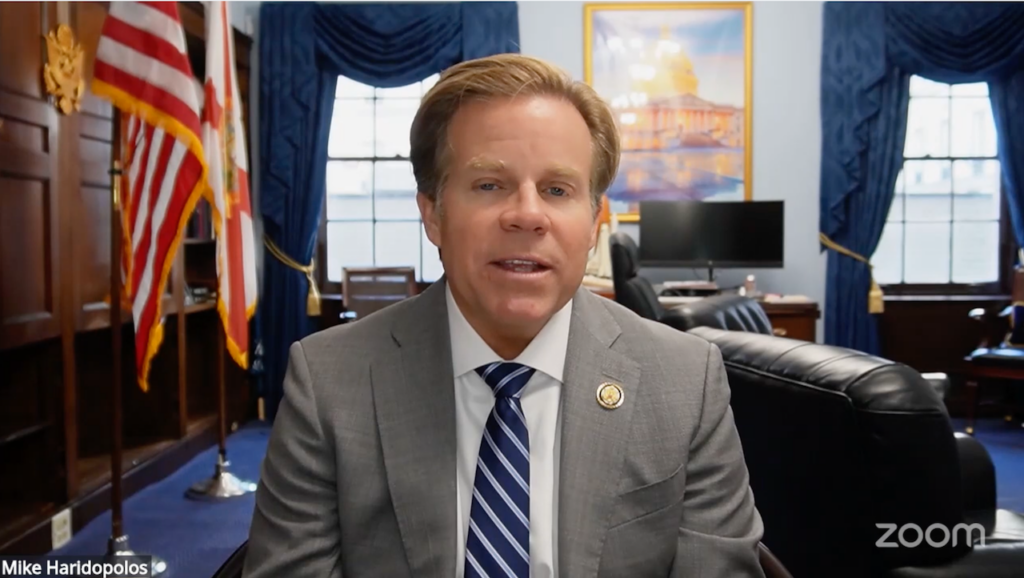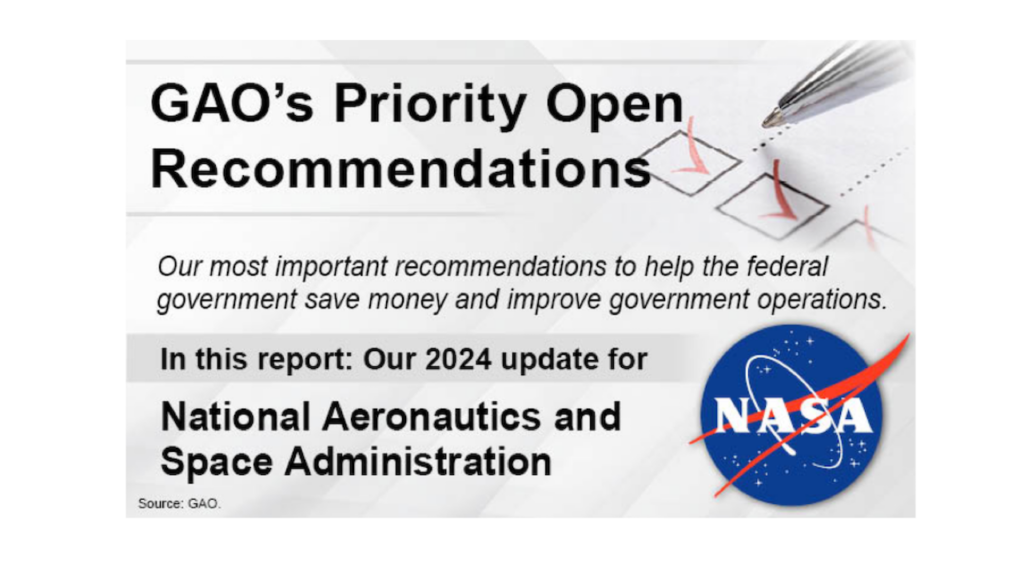Al Gore's Cheap Satellite is Not Cheap

Assessment of the Triana Mission, G-99-013, Final Report, 10 September 1999, NASA OIG
“When the Triana mission was announced in March 1998, NASA hoped to keep the project’s cost close to $20 million and definitely below $50 million. … NASA did not maintain the original budget goal of $20 to $50 million. Instead, NASA chose to increase the size and complexity of the Triana spacecraft, primarily to augment its scientific capabilities. … NASA added elements of a Goddard proposal to the Scripps proposal and increased the mission budget by $27 million, to $77 million. NASA officials told us that the increased funding was intended to support increased scientific capabilities. The mission budget has not increased since it was set at $77 million.“
 Keith’s note: NASA PAO told me a few minutes ago that the total cost of DSCOVR including its design and construction as “Triana”, initial adaptation to Shuttle launch, then ELV launch, storage, instrument changes/upgrades, integration for launch on Falcon 9 and launch on Falcon 9 in 2015 is $340 million. $340 Million is 17 times $20 million, 6.8 times $50 million, and 4.4 times $77 million.
Keith’s note: NASA PAO told me a few minutes ago that the total cost of DSCOVR including its design and construction as “Triana”, initial adaptation to Shuttle launch, then ELV launch, storage, instrument changes/upgrades, integration for launch on Falcon 9 and launch on Falcon 9 in 2015 is $340 million. $340 Million is 17 times $20 million, 6.8 times $50 million, and 4.4 times $77 million.
So much for Faster-Better-Cheaper no matter how you calculate it.









Or no matter how you look at it, particularly if apples are your only comparison. The present satellite has roots in Triana but is an entirely different beast that carries with it the baggage of storage and reconfiguration for various launching platforms (as pointed out).
The story here isn’t management as much as it is mission creep.
Mission creep would have been eliminated by simply launching the thing after it was initially completed. It wasn’t launched because of politics.
The full-Earth images transmitted by Triana would
have been better than the famous portrait of the blue planet recorded by
Apollo 17 astronauts in 1972. Triana would have shown surface features
as small as five miles square, as well as the motions of clouds,
hurricanes, large fires, and other events as they happened.
Triana would have carried an eight-inch telescope and a three-color
camera capable of twice the sharpness of high-definition TV. The images
would have been refreshed every few minutes. Ground stations would have
been operated by university students, in keeping with the Clinton
Administration’s effort at that time to increase interest in science and
math.
I wonder how many pixels the Earth will be. If it is made larger to fill the screen, will it still look good. A day later on the images though. I think GOES is faster, but in monochrome.
A false color GOES. But may give some idea of what the images will look like. Looks like good weather for the launch.
Saturn
I’m in Florida to see historic launch that lands on barge and starts the reusable Space age. I’m betting on success 🙂 I have never seen a rocket Launch.
A Kitty Hawk Moment!!
This is what I should have posted. GOES full globe.
It’s been so long, someone *please* remind everyone *why* it was placed in storage instead of being launched. It’s not like the satellite had a say in where it went.
Here’s a link:
Al Gore’s Satellite
It’s almost ready for launch—even if no one wants to take credit for its resurrection.
By
Craig Mellow
Air & Space Magazine
August 2014
http://www.airspacemag.com/…
From above:
“The spacecraft was completed by late
2000—just as Gore was packing his bags to leave Washington—at a cost of
around $150 million.”
“When George W. Bush’s administration arrived in January 2001, it quickly moved to terminate Gore’s pet project.”
So, it was the politics of the George W. Bush administration that caused it to be put into storage. In the long run, launching it (in the early 2000’s) would have been far cheaper than putting it into storage and “kicking the can down the road”.